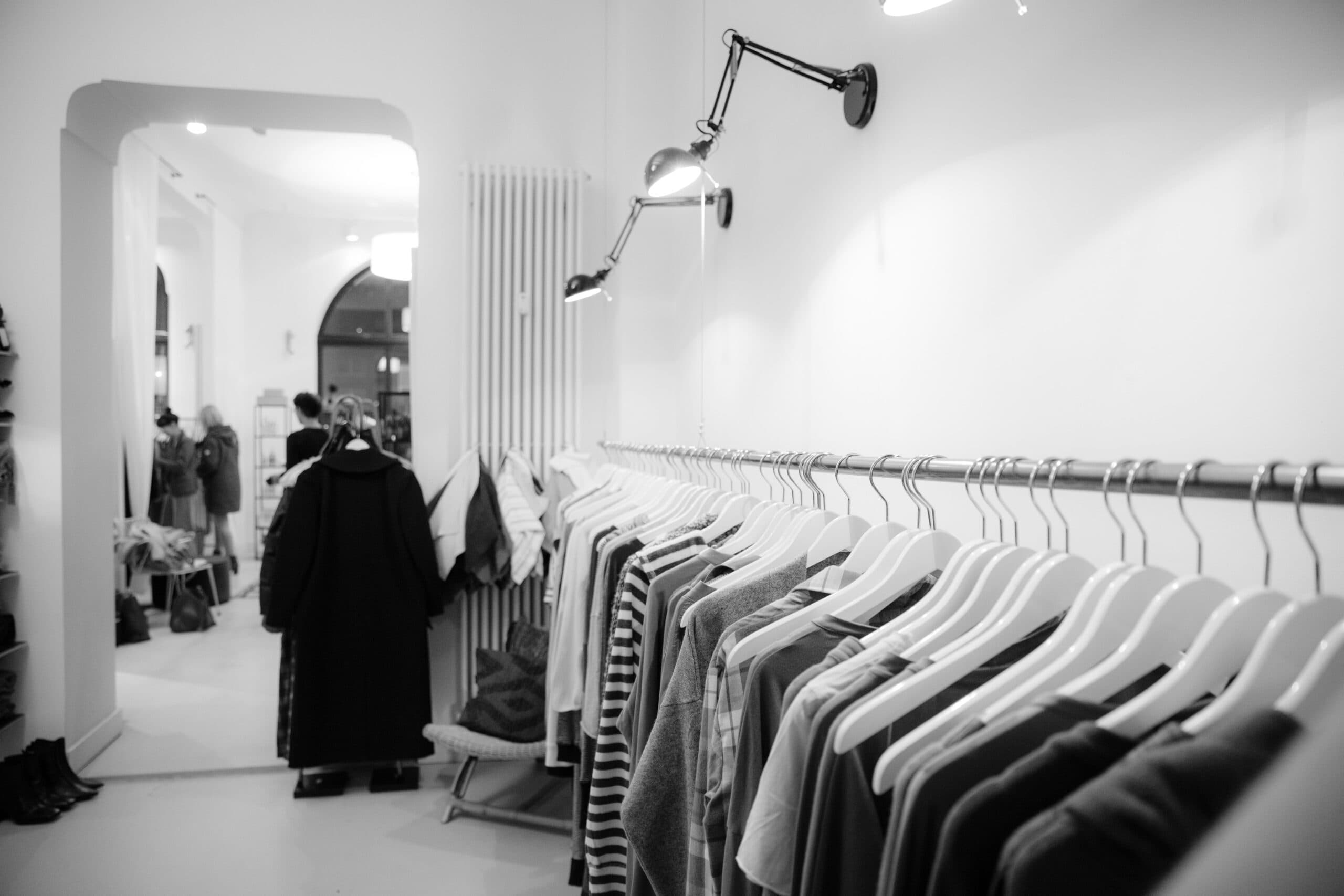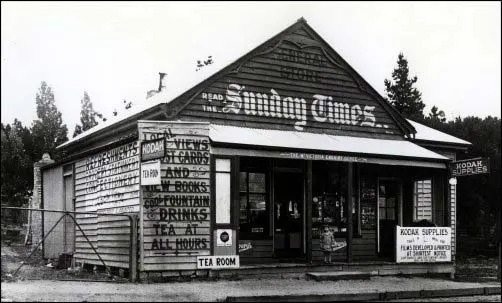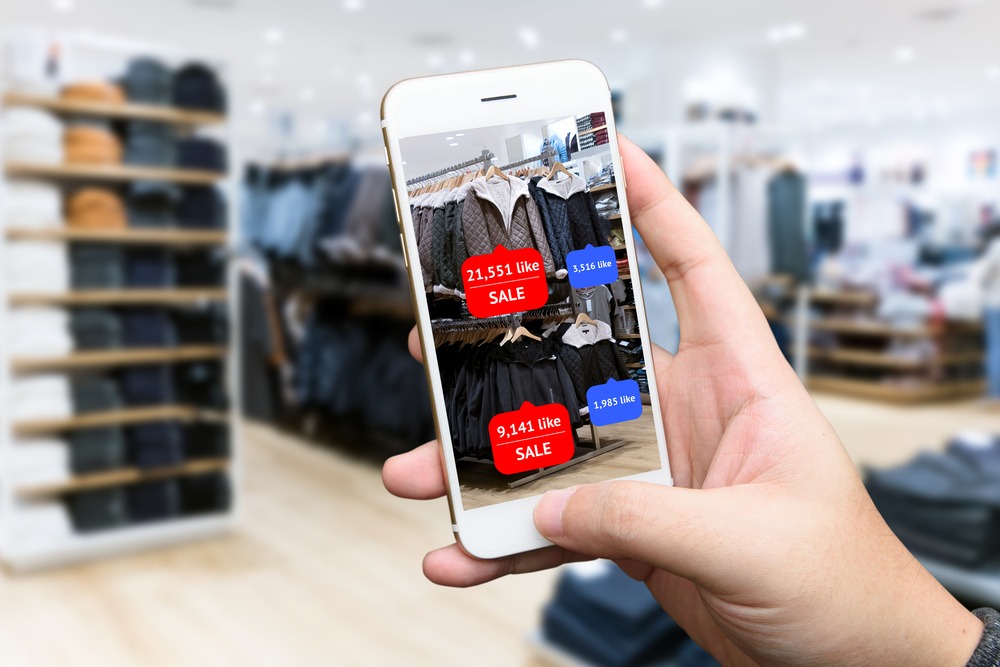Retail Industry Knowledge Base
Guide to Retail Stores in the United States
Veejay Ssudhan
November 09, 2023
The Retail Stores in the United States is a dynamic, ever-evolving entity that has witnessed several shifts and transformations since its inception. From the local general stores in small towns to the sprawling malls in cities, and now the digital e-commerce sites, the retail industry has always been at the forefront of consumer behavior and technology trends.
Early Beginnings: The Local General Stores
In the early days of the United States, local general stores were the heart and soul of communities. These retail stores were the go-to places for anything and everything. They served as the primary source of goods for people living in rural areas, and as a hub for socialization, where neighbors could catch up on news and exchange stories.
The retail stores in the United States emerged out of necessity. As communities began to settle and expand across the country, there was an inherent need for a centralized location where people could purchase their daily necessities. These general stores sold everything from dry goods, food, and tools, to medicines, clothing, and sometimes even furniture.
The owners of these establishments, commonly known as shopkeepers or merchants, played a crucial role in the community. They not only provided essential commodities but also acted as informal bankers, extending credit to regular customers. A ledger book was often used to keep track of what each customer owed, with many settling their accounts after the harvest season.
These retail stores were also a place for people to gather and socialize. Often located at crossroads or in the center of town, they were the perfect place for community interaction. It was common for locals to spend hours at the general store, discussing local news or politics while shopping.
General Stores during Industrialization
With the advent of industrialization and urbanization in the late 19th and early 20th centuries, these small retail stores began to evolve. Some transformed into larger department stores in urban areas, while others gave way to supermarkets and chain retail outlets. Yet, despite these changes, the spirit of the local general store lives on in modern retail businesses.
The early beginnings of retail stores in the United States remind us of a simple yet significant aspect of American life. They symbolize a time when community was key, and shopping was not just about purchasing goods but also about being part of a shared experience. Today, even as we shop online or walk into large retail stores, we can still find traces of the charm and warmth that defined the local general stores of yesteryears.
Department Stores: The Birth of a New Era
The evolution of retail stores in the United States dates back to the 19th century, a period that marked the birth of a new era – the dawn of department stores. These establishments emerged as a novel concept and quickly became popular, revolutionizing the way people shopped.
The concept of department stores was introduced as an innovative solution to cater to various consumer needs under one roof. Prior to this, shoppers had to visit different specialty stores for different types of merchandise. The birth of department stores changed this entirely, providing a more convenient, efficient, and enjoyable shopping experience.
The first department stores were an amalgamation of separate retail stores, each specializing in different products, such as clothing, furniture, or household goods. This amalgamation led to large-scale retail establishments offering a diverse range of goods in distinct sections or “departments”. This new model of retailing was met with enthusiasm and rapidly gained popularity among the American public.
Retail stores in the United States, such as Macy’s and Marshall Field’s, were among the first to adopt this innovative model. These pioneering establishments set the standard for what department stores should be like. They offered an unprecedented variety of products in a single location, making shopping more convenient for customers while also providing an exciting and engaging shopping experience.
Department stores also took customer service to another level, offering services like home delivery, personal shopping assistance, and easy return policies. The addition of restaurants and cafes made these retail stores a place for social gatherings as well.
The Rise of Suburban Shopping: Malls and Big-Box Stores
Post World War II, as Americans moved to the suburbs, retail followed suit. Shopping malls started mushrooming across the country, becoming a quintessential part of American culture by the 1960s. These enclosed structures housed multiple stores, food courts, and even entertainment centers, offering consumers a one-stop shopping destination.
Simultaneously, big-box stores like Walmart, Target, and Home Depot began their rise. These stores offered a wide range of products at lower prices than traditional department stores. Their enormous size allowed them to carry an extensive product range and cater to a broader customer base.
The E-commerce Revolution
The E-commerce Revolution has drastically changed the landscape of retail stores in the United States. Traditionally, shopping was an activity that required a physical presence, with consumers traveling to stores, browsing goods, and making purchases in person. However, as technology has advanced, the rise of e-commerce has completely transformed this process.
E-commerce has provided an unprecedented level of convenience for consumers. It’s now possible to shop from anywhere at any time with just a few clicks. This has led to a significant shift in consumer behavior. The ease of comparison shopping, diversity of products, and the ability to read reviews before making a purchase are aspects of online shopping that have attracted consumers.
However, this shift towards e-commerce hasn’t spelled the end for traditional retail stores in the United States. Instead, it has prompted them to adapt and innovate. Brick-and-mortar stores have found ways to integrate digital technology into their operations. This has resulted in the creation of seamless omnichannel experiences where customers can interact with brands across multiple touchpoints, both online and offline.
Traditional retailers have also leveraged their physical presence for services like “buy online, pick up in-store” (BOPIS) and easy returns, providing a level of immediacy and convenience that pure e-commerce players struggle to match.
The e-commerce revolution has also fostered greater competition. With the internet breaking down geographical barriers, retail stores in the United States now compete not only with each other but also with international entities. This has led to better prices, higher quality products, and superior customer service.
Current Trends: A Blend of Digital and Physical Retail
In the contemporary retail landscape, a significant trend reshaping the industry is the seamless blend of digital and physical retail, often referred to as “Phygital” retail. This concept is about creating an ecosystem where online and offline experiences not only coexist but also complement each other. It is resulting in a unified and immersive shopping experience.
The advent of technology has spurred retailers to rethink their strategies and adapt to the evolving needs of consumers. Customers are now seeking convenience, personalization, and seamless interactions across multiple channels. Bricks-and-mortar stores are no longer seen as separate entities from online shops. Instead, they are viewed as interconnected touch points in the customer journey.
Phygital Trends in Retail Stores
An example of this trend is the ‘Click and Collect’ feature which allows customers to purchase items online and pick them up in-store at their convenience. This approach combines the ease of online shopping with the immediacy of physical retail, offering a solution that addresses the pitfalls of both modes.
Another key aspect of the phygital trend is the use of augmented reality (AR) and virtual reality (VR) technologies in physical stores. Retailers are leveraging these technologies to offer interactive and immersive experiences, helping customers visualize products in various contexts before making a purchase.
In addition, data analytics play a crucial role in this convergence of digital and physical retail. By capturing consumer data from both online and offline interactions, retailers can gain valuable insights into consumer behavior and preferences, enabling them to deliver personalized experiences and targeted marketing campaigns.
The future of retail lies in this fusion of digital and physical spaces where each channel amplifies the other’s strengths. The key to success in this new retail paradigm is understanding that it’s not about choosing between online or offline, but rather about finding ways to make them work together in a unified, customer-centric approach.
The Future of Retail Store in the United States
The future of retail, particularly for retail stores in the United States, is shaping up to be an exciting blend of technology, personalization, and unique in-store experiences. The traditional brick-and-mortar store is evolving, driven by changing consumer behavior and technological advancements.
The future of retail stores in the United States is expected to be highly influenced by digital transformation. Technological innovations such as augmented reality (AR), virtual reality (VR), and artificial intelligence (AI) are beginning to find their place in retail environments. AR and VR can provide immersive and interactive experiences. It is allowing customers to virtually try on clothes or visualize furniture in their home before purchasing. AI, on the other hand, can offer personalized recommendations based on past purchases and browsing behavior.
Moreover, retail stores in the United States are expected to leverage omni-channel strategies more intensively in the future. Consumers are increasingly demanding a seamless shopping experience across all channels. Physical stores will continue to exist, but they will be integrated with online platforms to provide a unified customer experience. For example, customers may choose to buy online and pick up in-store or vice versa.
Both the Physical and Retail Stores focus on improving the customer visit. Learning the Tactics to improve the footfall is important for Retail Stores. With the changing generation of consumers, Z generation who are into Tik Tok and Snapchats, retail stores has to be creative in tapping the buyers.
The concept of experiential retail is also gaining traction. Retail stores in the United States are forecasted to focus more on providing memorable experiences rather than just selling products. This could mean creating unique store layouts, hosting events, or offering in-store classes or workshops.
Final Thoughts
In conclusion, retail stores in the United States have evolved significantly over the centuries, reflecting societal changes and technological advancements. The future holds exciting possibilities, with constant innovation and adaptation remaining the industry’s cornerstones. There will always be changes in the future. But, one thing is clear. Retail will continue to be an integral part of American life, shaping and being shaped by consumer behaviors and preferences.
All Tags
